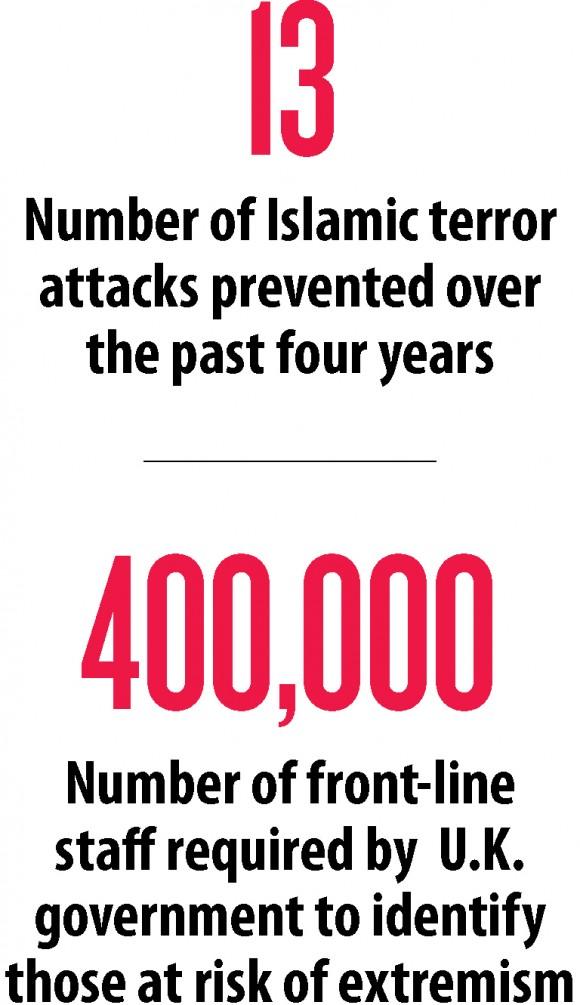BIRMINGHAM, England—Fifty injured and four dead, including an unarmed policeman at the gates of Parliament—all at the hands of a 52-year-old man with a violent criminal past who was born in England and later converted to Islam.
The significance of the attack in Westminster on March 22 is hotly disputed, with some pointing out that the terrorist death toll has dropped dramatically in recent decades. But others note that it is the attacks that don’t happen—thwarted by security—that actually reveal the Islamist terrorist threat in the United Kingdom.

*





